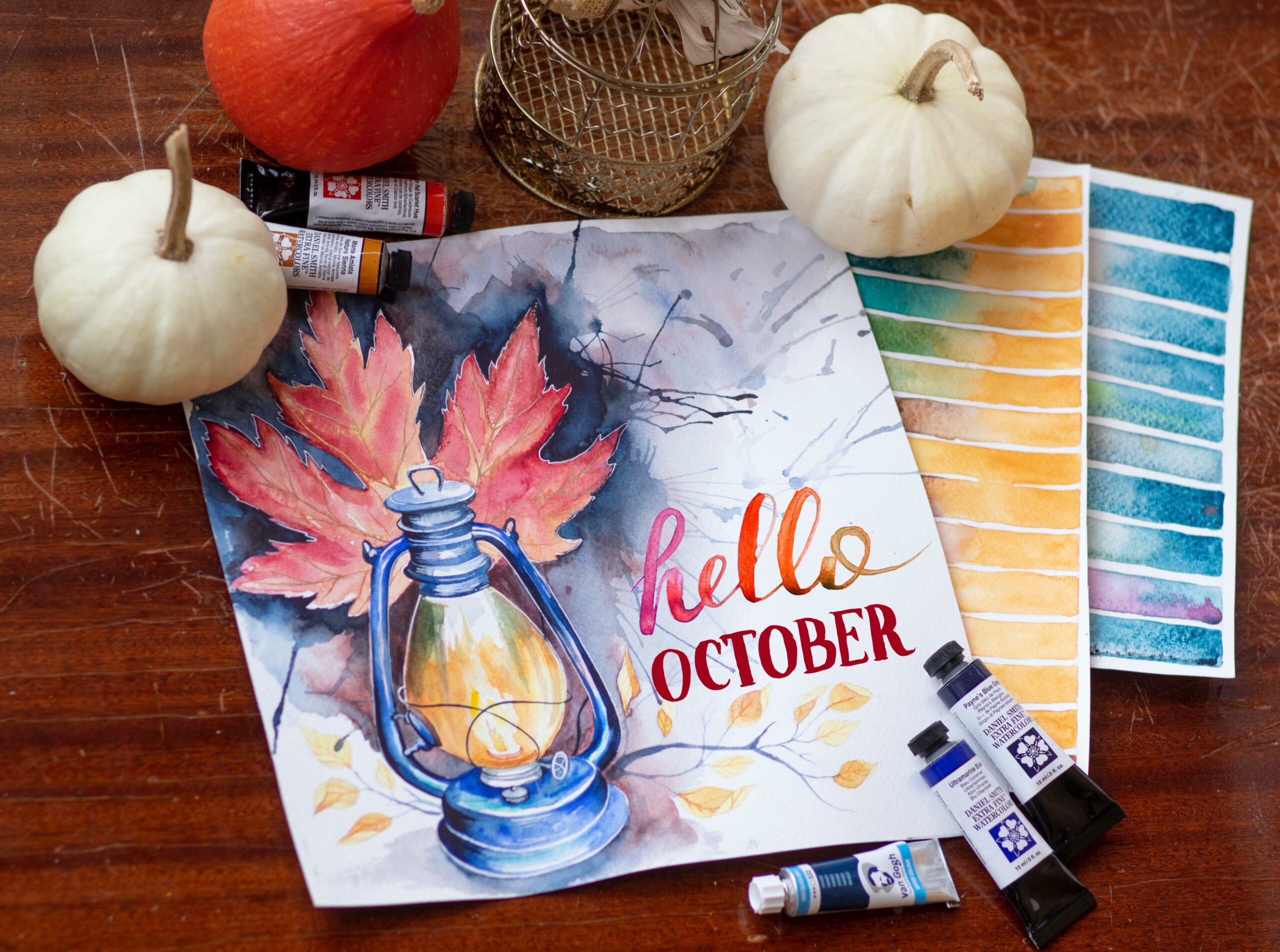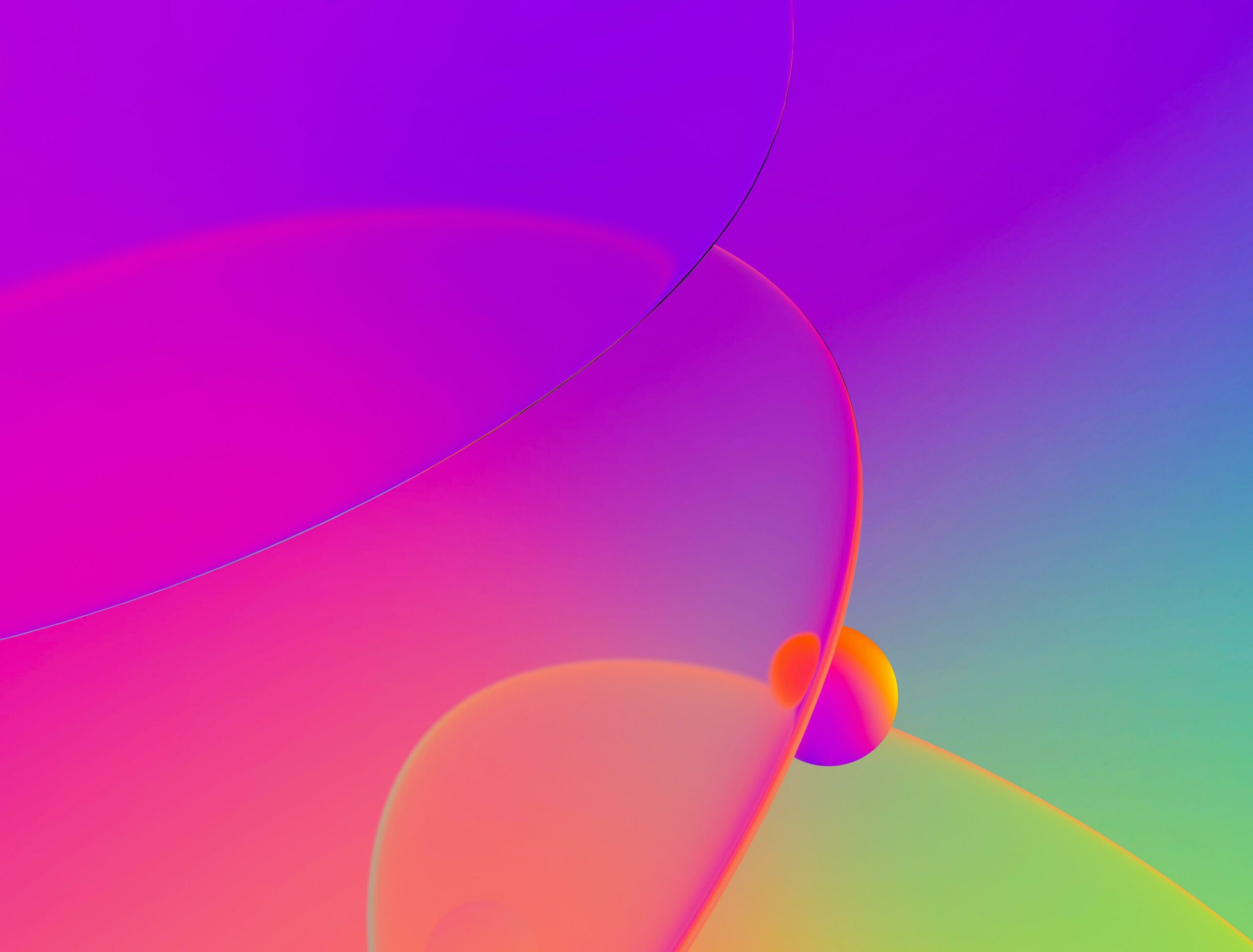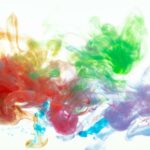Indigo production, an age-old artistry that has captivated civilizations for centuries, holds tremendous promise in shaping the sustainable future of the fashion industry. In this article, we delve into the fascinating world of indigo production, unraveling its intricate processes, unrivaled heritage, and remarkable potential. From the cultivation of the indigo plant to the painstaking dyeing techniques, we embark on a journey that explores the indigo’s rich history and its revival as a conscious choice for modern fashion. Get ready to immerse yourself in the mesmerizing world of indigo, where tradition meets innovation in a sustainable dye unlike any other.

Indigo Production
Indigo production is a fascinating and complex process that involves the cultivation of plants, extraction of the dye, and various dyeing techniques. As an experienced textile researcher and writer specializing in natural dyes, I have delved deep into the world of indigo production and its significance in sustainable fashion. In this section, I will provide insights into the history, challenges, and potential of indigo production in the modern fashion industry.
History and Significance
Indigo has a rich history and has been used as a dye for thousands of years. The oldest known fabric dyed with indigo dates back 6,000 years, highlighting its enduring popularity. This organic compound, with its striking blue color, has been cherished globally, particularly in Asia, where it has been cultivated as an important crop. Indigo dye is primarily used for dyeing cotton yarn, with denim production for blue jeans being a significant application. Its strong presence in the fashion industry has made indigo production a topic of great interest for sustainability enthusiasts.
Traditional Cultivation and Extraction
Indigo dye is derived from the leaves of plants belonging to the Indigofera genus, especially Indigofera tinctoria, or true indigo. These plants thrive in tropical and subtropical regions, where they are carefully cultivated. The indigo plants are harvested, and their leaves are then soaked in water to create a fermenting vat. This vat undergoes a complex fermentation and reduction process, which converts the water-soluble indican compound in the leaves into insoluble indigo. The resulting pigment is then collected and processed to create the dye. This traditional cultivation and extraction method ensures a sustainable and natural source of indigo.
Challenges in Indigo Production
Although indigo production has a long-standing history, it faces several challenges in the modern fashion industry. One of the major challenges is the labor-intensive nature of the cultivation and dyeing processes. Indigofera plants require careful attention and maintenance throughout their growth cycle, which can be time-consuming and resource-intensive. Additionally, the fermentation and reduction process for dye extraction requires skill and expertise to achieve consistent and high-quality results. As a result, large-scale indigo production can be challenging to implement.
Sustainable Innovations
In recent years, sustainable innovations in indigo production have emerged to address the challenges faced by traditional methods. These innovations include the development of synthetic indigo dyes and bioengineered indigofera plants. Synthetic indigo dyes can be produced without the need for extensive cultivation and fermentation processes, making them more time and cost-efficient. Bioengineered indigofera plants aim to improve the yield and quality of indigo production, allowing for a more sustainable and scalable production process. These innovations hold great promise for reducing the environmental impact associated with indigo production.
“Sustainable innovations in indigo production have the potential to revolutionize the way we approach and embrace this ancient dye.”
Environmental Considerations
While indigo dye itself has low oral toxicity, spills of blue dyes can have a negative impact on the environment, particularly water sources. It is crucial for indigo producers, both traditional and innovative, to implement strict waste management practices and ensure responsible disposal of chemicals used during the dyeing process. By adopting sustainable and eco-friendly dyeing practices, indigo production can minimize its environmental footprint and contribute to a more sustainable fashion industry.
Conclusion
Indigo production is a captivating journey through history, tradition, challenges, and innovation. By understanding the intricacies of indigo cultivation, extraction, and dyeing processes, we can fully appreciate the significance of this sustainable dye in the modern fashion industry. From small-scale traditional methods to large-scale innovative approaches, indigo production continues to evolve, paving the way for a more environmentally conscious and socially responsible fashion future.
“Indigo production intertwines tradition and innovation, offering a sustainable path forward for the fashion industry.”
Indigo is a remarkable plant with a rich history and a fascinating story. Have you ever wondered where this beautiful natural dye comes from? We invite you to uncover the secret of indigo’s origin and growth. Discover the answer to the question “Where Does Indigo Grow” by clicking here.
FAQ
Question 1: How is indigo dye produced?
Answer 1: Indigo dye is produced by extracting it from the leaves of plants in the Indigofera genus, particularly Indigofera tinctoria. The leaves undergo a fermentation and oxidation process, which converts the precursor molecules into the blue indigo dye. The extracted indigo can then be used for various dyeing processes.
Question 2: What is the history of indigo production?
Answer 2: Indigo production has a rich history dating back thousands of years. The oldest known fabric dyed with indigo dates back 6,000 years. It has been used globally, especially in Asia, as an important crop. Traditional indigo dyeing techniques have been passed down through generations, contributing to the cultural heritage of many societies.
Question 3: How is indigo primarily used in the fashion industry?
Answer 3: Indigo is primarily used as a dye for cotton yarn, with denim production for blue jeans being a significant application. The distinctive blue color of indigo has made it a popular choice for denim garments. Indigo dyeing techniques also offer unique effects and variations that add character to denim fabric.
Question 4: What are the challenges associated with indigo production?
Answer 4: Indigo production faces several challenges. Firstly, the cultivation of indigo plants requires specific soil and climate conditions, making it a niche crop. Additionally, the extraction of indigo dye can be a labor-intensive process. Moreover, the environmental impact of synthetic indigo production methods needs to be carefully managed to minimize pollution and waste.
Question 5: Is indigo production sustainable?
Answer 5: Indigo production can be sustainable when managed responsibly. The use of natural indigo dyes offers a more environmentally-friendly alternative to synthetic dyes. By supporting traditional indigo production techniques and ensuring fair trade practices, the fashion industry can contribute to the preservation of cultural heritage and sustainable livelihoods for artisans involved in indigo production.
- Unlocking It’s Greek to Me: A History and Meaning - March 28, 2025
- Ancient Greece Clothing Styles: A Complete History - March 28, 2025
- Unlock the US physical map: Comprehensive guide - March 28, 2025
















